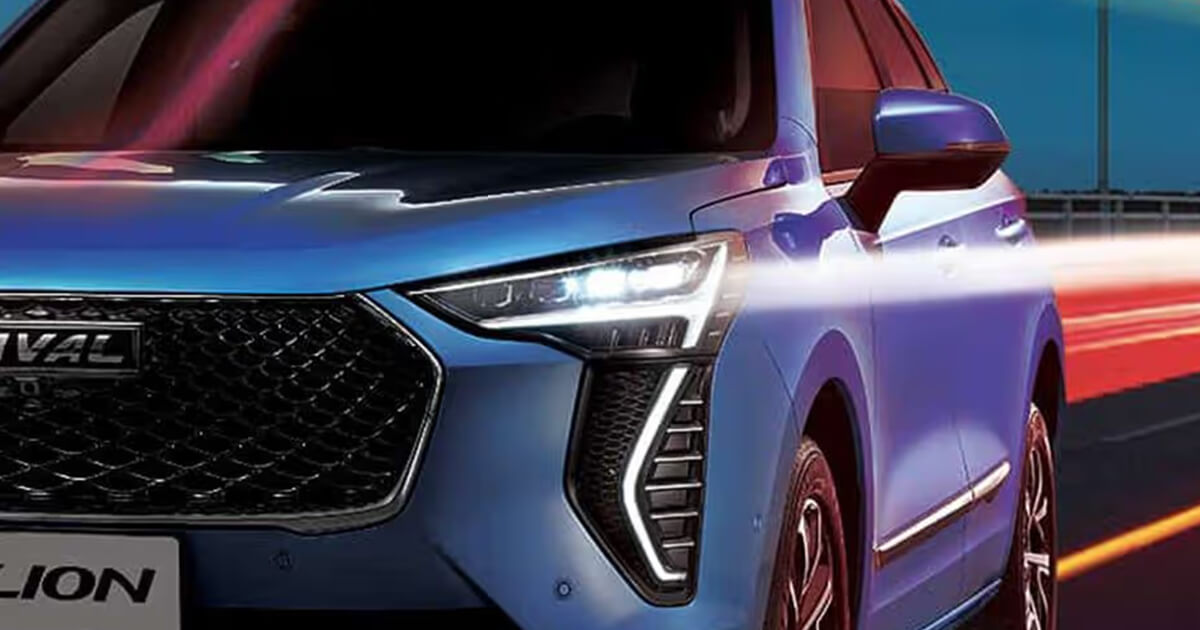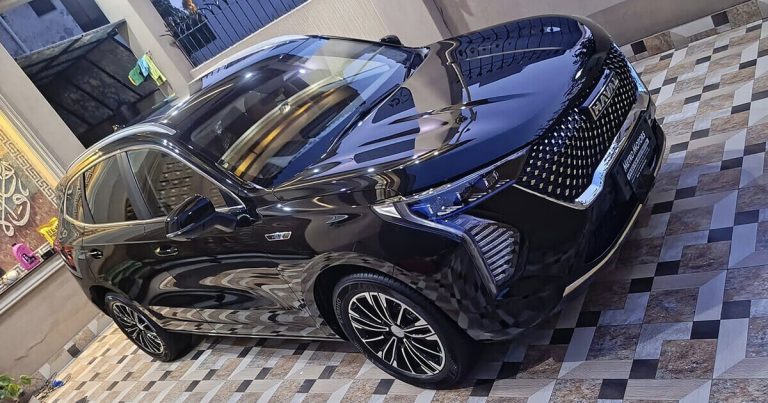Two of the most common options for vehicle headlights are LED and halogen bulbs. Each has its advantages and disadvantages, and choosing between them is an important decision for drivers. In this article, we’ll compare LED and halogen headlights to determine which is brighter and better for driving.
What Are LED Headlamps?
LED (Light-Emitting Diode) headlamps are a modern lighting technology that has gained popularity due to their efficiency and durability. Unlike traditional halogen bulbs, these use semiconductors to produce light when an electric current passes through them. This process generates bright illumination while consuming significantly less energy.
Moreover, such headlamps are commonly found in newer vehicle models and after-market upgrades. They come in various designs, including projector and reflector types, providing superior lighting performance for nighttime driving.
Advantages of LED Headlights
1. Brighter Illumination
These headlights emit a crisp, white light that closely resembles daylight, improving visibility in low-light conditions. This can help drivers see road signs, pedestrians, and obstacles more clearly.
2. Energy Efficiency
Compared to halogen bulbs, these headlamps consume significantly less power. This reduces the strain on a vehicle’s electrical system and enhances fuel efficiency.
3. Longer Lifespan
One of the biggest advantages of these headlights is their longevity. While halogen bulbs typically last around 1,000 hours, such headlamps can function for 30,000 to 50,000 hours, reducing the need for frequent replacements.
4. Instant Lighting
These lights reach full brightness instantly, unlike halogen bulbs, which take time to warm up. This immediate illumination is particularly useful for quick response in emergencies.
5. Cooler Operation
These headlights generate less heat than halogen bulbs, preventing damage to surrounding components and making them a safer option for prolonged use.
Advantages Of Halogen Headlamps
1. Affordability
Halogen headlights are significantly cheaper than their above-mentioned counterparts. This makes them a cost-effective option for vehicle owners who need a quick and budget-friendly replacement.
2. Ease of Replacement
Halogen bulbs are widely available and can be replaced with minimal effort. Unlike their counterparts, which may require professional installation, halogen bulbs can be swapped out by most drivers without specialized tools.
3. Widespread Availability
Since halogen headlights have been the industry standard for decades, they are readily available in auto parts stores, making them convenient for quick repairs.
4. Soft, Warm Light
Halogen lights produce a warm, yellowish glow, which some drivers find easier on the eyes during nighttime driving.
Disadvantages of Halogen Headlamps
1. Lower Brightness
Compared to LED, halogen bulbs emit dimmer light, making it harder to see at night or in poor weather conditions.
2. Higher Energy Consumption
Halogen bulbs use more electricity, which can place a greater load on a vehicle’s battery and alternator. This can lead to increased fuel consumption in some cases.
3. Shorter Lifespan
A major drawback of halogen headlights is their relatively short lifespan. They generally last between 500 and 1,000 hours, meaning they need more frequent replacements compared to LEDs.
4. Heat Generation
Halogen bulbs generate a lot of heat, which can cause damage to headlight housings and other nearby components over time.
LED vs. Halogen Headlights: Which Is Better for Driving?
When comparing LED and halogen headlights, the former come out on top in terms of brightness, efficiency, and lifespan. However, the latter remains a practical option for those who prioritize affordability and ease of replacement.
- For urban drivers
LED headlights provide superior visibility in well-lit city environments and enhance the vehicle’s modern aesthetic. - For rural or highway driving
LEDs offer extended visibility, making them ideal for driving in areas with minimal street lighting. - For budget-conscious drivers
Halogen headlights are still a viable choice, especially for older vehicles that do not support their counterpart’s upgrades.
Ultimately, LED headlights are the superior choice for most drivers due to their longer lifespan, lower energy consumption, and brighter illumination. While halogen bulbs remain widely used, the shift toward LED technology is becoming increasingly popular due to its many benefits.




